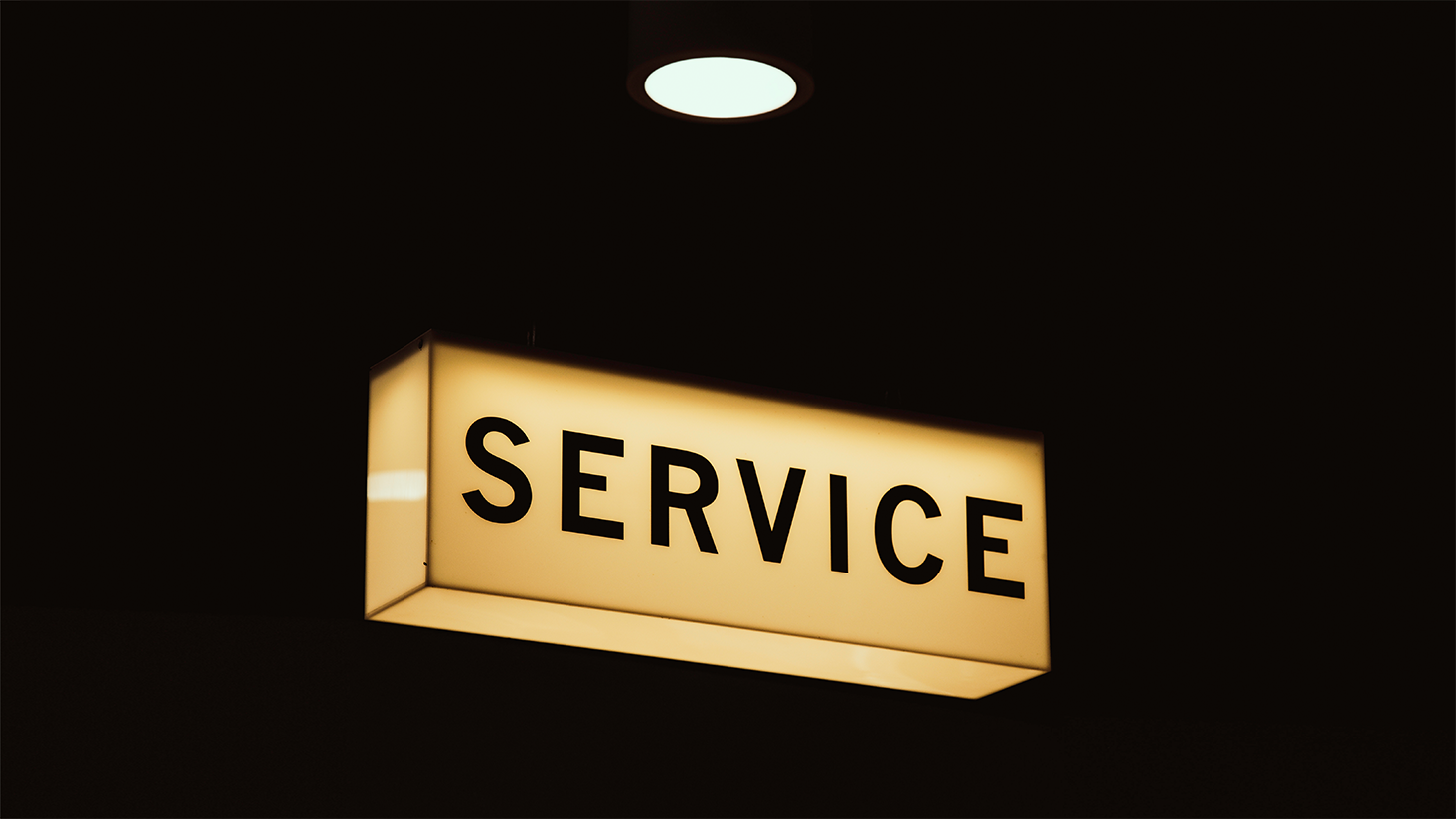LED upgrade guide for industrial and warehouse
Here’s an outline on this… I hope this helps! Feel free to add anything else you think is relevant or that I missed.
In industrial and warehouse spaces, great lighting directly correlates to efficiency. If your lighting is dim and your employees are having trouble with consistency or your electricity bills are sky high, it's probably time to consider an upgrade.
The right amount of light quality is needed for top quality results. We're walking you through five easy steps to get started with an LED upgrade for industrial and warehouse spaces that will be an investment in your employees and your future.
Step 1: Determine your goals with a lighting upgrade
Is your goal primarily energy savings? Do you need to incorporate controls? Are there maintenance issues or broken fixtures you’re replacing? Are you reconfiguring your space and need to move lighting? Are you planning on providing the labor for the lighting upgrade, or do you need a turnkey proposal?
Answers to these questions will guide the scope of the project and help our team serve you better. Keeping the goal in mind during every phase of the project will also help you keep the end-game in sight.
Step 2: Gather your existing lighting information
Part of planning an upgrade involves knowing the lighting products you currently have.
How many types of light fixtures do you have? How many fixtures do you have of each type? What is the burn time and wattage for your existing lighting? What are the ceiling heights?
The existing lighting information and any challenges you’re facing with lighting will drive your upgrade options and help you quantify your savings. You may be able to use fewer fixtures when you upgrade to LED. Or, you may choose a different fixture arrangement that results in more light spread more evenly across the warehouse floor.
Step 3: Determine your lighting upgrade specifications
When it comes to industrial/warehouse lighting, you don’t want a lighting issue to hinder or stop production or productivity. As a result, reliable lighting that’s easy to maintain is a key factor.
If you’re in an area with lighting rebates, getting your specifications right (like DLC listing) can make or break your ability to claim a rebate. We’ve actually seen rebates where some industrial and warehouse facilities have been able to upgrade high bay lighting for $1 per fixture. With that kind of savings, you don’t want to miss a rebate.
The right IP rating is also an important specification. Selecting fixtures with the right IP rating will ensure that they stand up to conditions like dust. After all, you're making an investment with a lighting upgrade. The right IP rating grants peace of mind that fixtures are made correctly.
Finally, light output and light quality are important. You don't want lighting that makes it hard to see product labels or operate machinery.
If you need help determining the right specifications for your application — like light quality, distribution, or lumen output — our team is here to help.
Step 4: Determine your cost and savings
You can use our energy savings calculator to get a sense for your savings, or our team can provide a comprehensive upgrade proposal with a detailed savings and payback estimate.
Cost will primarily be based around the type of fixture you choose. Typically, industrial and warehouse spaces have plenty of high and low bay fixtures. They are extremely efficient at producing a lot of light from high ceilings. We put together a list of top considerations when you're deciding between fixtures. Of course, you'll want to leave room in your budget for installation, labor, and other project costs.
This is the also time to investigate lighting rebate eligibility. Rebates are an effective way to pay for lighting upgrades. The average commercial lighting rebate for high bay fixtures in 2023 is $127 per fixture. Multiply that by 100 fixtures and you have a nice savings on the project before it even starts. Bonus programs can result in even more savings.
Step 5: Plan your upgrade
Industrial and warehouse facilities make money when the facility is productive. Whether you’re shipping boxes or making widgets, down time is costly.
While a lighting upgrade will save you on operational expenses, you’ll want to minimize impact on productivity. As you’re planning your upgrade, keep this in mind. Options may include working on the upgrade opposite of peak productivity times or during off-times (for example, if the facility typically shuts down during the holidays).
If you’re self-performing the upgrade, you can consider staging the upgrades in phases over time. (Though if a rebate program requires post-inspection in a certain time window, you want to make sure you hit that deadline.)
If you’re getting a turnkey proposal, coordinate with your installation team and our project managers about the best time to complete upgrades.
Upgrade industrial and warehouse space to LED
As with any project, details are key to a successful lighting upgrade for industrial and warehouse spaces. Outlining an action plan is a great place to start and can help pinpoint important steps during the process.
When you're ready to upgrade industrial and warehouse spaces to LED, our team of lighting experts is here to help. Contact us to get started today. Or, download our LED Buying Guide for more resources and to see our top recommended products.









-jpg.jpeg)


